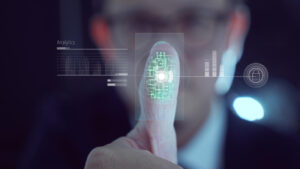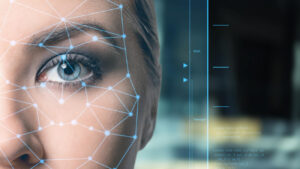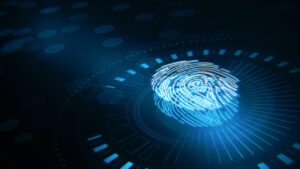In the ever-evolving landscape of technological innovation, Facial Recognition Technology stands as a beacon feels Bahaa Abdul Hadi. It sits at the intersection of cutting-edge developments and the realm of biometric analytics. This groundbreaking technology, harnessing the power of artificial intelligence and intricate algorithms, has become a linchpin in various industries, promising heightened security measures and streamlined processes.
Join us on a journey through the nuanced landscape of Facial Recognition Technology, where pixels meet identity, and algorithms shape our understanding of biometric analytics.
How Facial Recognition Works
Facial Recognition operates through a sophisticated dance of algorithms and image processing. Initially, the system detects facial features by pinpointing key landmarks like the eyes, nose, and mouth. Subsequently, these features are converted into numerical data, creating a unique facial signature.
This signature is then matched against a database, employing complex pattern recognition. The technology’s prowess lies in its ability to analyze and differentiate faces based on intricate details, making it resilient to variations in lighting, angles, and facial expressions. Through this intricate process, Facial Recognition emerges as a powerful tool, seamlessly bridging the physical and digital realms with unparalleled precision.
Benefits of Facial Recognition Technology
Facial Recognition Technology offers a myriad of advantages, revolutionizing security measures and operational efficiency across diverse sectors. Its real-time applications contribute to robust security protocols, heightening protection against unauthorized access. Beyond security, the technology streamlines processes in industries like finance and transportation, expediting transactions and enhancing user experiences.
The potential for personalized interactions, from personalized advertising to tailored healthcare services, underscores its versatility. By seamlessly integrating into various facets of daily life, Facial Recognition Technology transcends conventional boundaries, ushering in a new era of convenience, safety, and tailored user experiences.
Challenges and Concerns
Navigating the landscape of Facial Recognition Technology reveals a tapestry woven with challenges and ethical considerations. Privacy concerns take center stage as the technology raises questions about the protection of personal information.
Ethical considerations emerge as issues of potential misuse and bias come to the forefront, underscoring the importance of responsible development and deployment. Additionally, the accuracy of facial recognition systems poses challenges, with instances of incorrect identifications raising eyebrows.
Real-world Applications
In the real world, Facial Recognition Technology finds itself seamlessly integrated into diverse sectors, shaping new frontiers in functionality. In the realm of security and law enforcement, it plays a pivotal role, aiding in the swift identification and tracking of individuals. Commercially, it unfolds its potential in retail and marketing, offering personalized experiences and targeted advertising.
The healthcare sector embraces the technology for efficient patient identification and tailored medical services. These real-world applications showcase the versatility of Facial Recognition, transcending traditional boundaries and leaving an indelible mark on how we approach security, commerce, and healthcare in our daily lives.
Conclusion
As we draw the curtains on the exploration of Facial Recognition Technology, a tapestry of possibilities and challenges unfolds. The journey through its evolution, applications, and implications reveals a complex landscape where innovation converges with ethical considerations.
While the benefits of heightened security, streamlined processes, and personalized experiences are evident, the shadows of privacy concerns and biases linger. The future beckons with promises of integration with other technologies and continued advancements. The blog has been authored by Bahaa Abdul Hadi and has been published by the editorial board of Identity Herald. For more information, please visit, www.identityherald.com.




